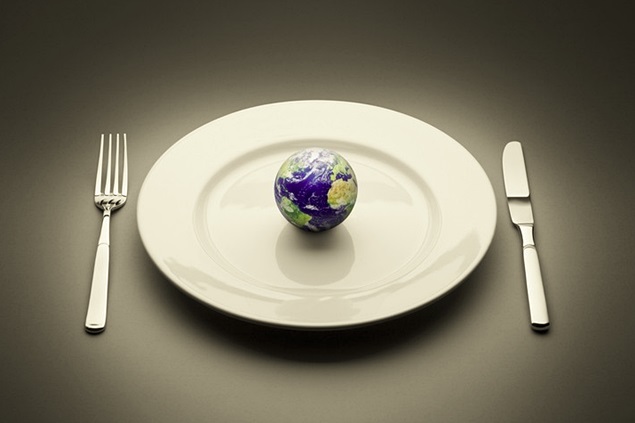897

FoodNavigator reports that the International Atomic Energy Agency (IAEA) and the Food and Agriculture Organization of the United Nations (FAO) have sent seeds into space. The seeds have now returned, and the organizations will embark on new efforts to develop resilient crops that can help ensure an adequate food supply as the planet warms.
Preventing the crisis
Plants naturally evolve to thrive in their environment. However, crops have struggled to keep up with the current pace of climate change. The world is getting warmer, and the global population is growing, leading farmers worldwide to struggle to meet the demand for food.
To support these farmers and improve global food security, the IAEA and FAO, through their Joint FAO/IAEA Centre for Nuclear Techniques in Food and Agriculture, sent seeds into space to explore the effects of cosmic radiation on accelerating the natural and genetic adaptation of many essential crops.
Their return to Earth, after spending approximately 5 months at the International Space Station (ISS), paves the way for scientists to begin analyzing the results.
Arabidopsis and sorghum seeds were chosen because there is already a large bank of scientific data available for comparison. The seeds will now be sent to the laboratories of the Joint FAO/IAEA Centre for Nuclear Techniques in Food and Agriculture in Seibersdorf, Austria, where they will be tested and analyzed for desired traits.
"The Cosmic Crops project is a very special one," said IAEA Director General Rafael Mariano Grossi. "This is the science that could have a real impact on people's lives in the not-too-distant future, helping us grow stronger crops and feed more people."
"It is possible that scientists at the IAEA and FAO have been moving seeds for 60 years and creating thousands of stronger crops used by the world, but this is the first time we are experimenting with such an interesting field as astrobiology."
FAO Director-General QU Dongyu added, "Now that the seeds are back on Earth, we can see the effects of cosmic radiation, microgravity, and extreme temperatures and compare them with those induced in our joint laboratories. This innovative experiment can help develop crops capable of adapting to climate change and enhance global food security."
What happens next?
The Joint FAO/IAEA Centre, based in Vienna, Austria, has been accelerating research in plant breeding using radiation to develop new varieties of agricultural crops for nearly 60 years. In the history of plant agriculture, natural selection or evolutionary breeding, also known as mutation breeding, have been the engines of crop domestication and plant improvement.
They are responsible for the genetic adaptation of plants to their changing environments and lead to crop improvement. So far, over 3,400 new varieties from over 210 plant species have been developed using radiation-induced genetic variation and mutation breeding— including numerous food crops, ornamental plants, and trees used by farmers in 70 countries.
The seeds will now undergo a phytosanitary import process, which is a standard requirement for the transportation of plant material across country borders to minimize the risk of introducing new pests, before their final arrival at the laboratories.
The role of radiation
Radiation in laboratories typically occurs in a machine that uses gamma rays and X-rays, accelerating the process of spontaneous genetic variation. Scientists work to identify positive traits in irradiated seeds and introduce these traits into future generations.
In this way, plants evolve faster with desirable qualities, including disease resistance and drought tolerance. The wide range and heavier radiation in space, combined with other extremes such as microgravity and temperature, could trigger genetic changes that are not typically encountered with radiation sources on Earth.
"This is the first FAO and IAEA feasibility study to determine the effect of cosmic radiation, microgravity and extreme temperatures on plant genomes and biology to generate sufficient genetic variation for improved adaptation to climate change," explained Shoba Sivasankar, head of the Plant Breeding and Genetics Section at the Joint FAO/IAEA Centre.
Arabidopsis, a type of watercress that is easy and cheap to grow and produces many seeds, will be tested for tolerance to drought, salt and heat. Sorghum, a nutrient-rich grain that can grow on arid lands and is resilient to climate change, will be tested for desirable climate resilience characteristics.
Both seeds will be grown to the next generation before trait selection, and with Arabidopsis growing faster, depending on when they reach Seibersdorf's labs, initial results could be available in October 2023.
In both crop species, DNA will be extracted and sequenced, to compare the changes between seeds that were irradiated in a laboratory, those that were positioned inside the ISS and those that were positioned outside the ISS and received full exposure to cosmic radiation, microgravity and extreme temperatures.





